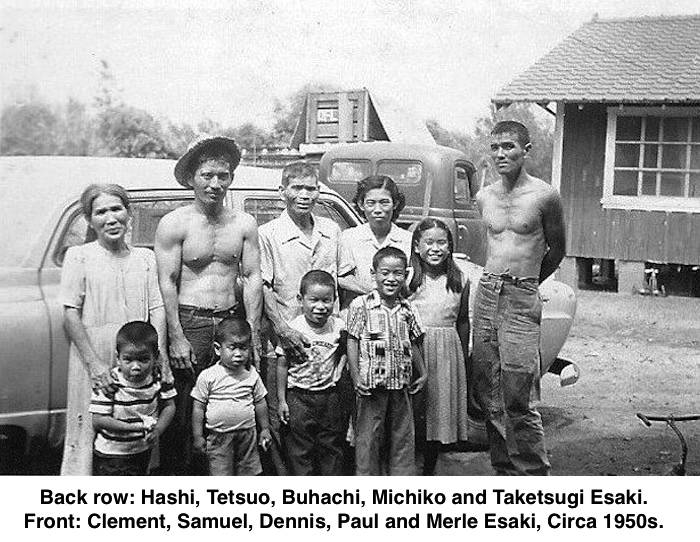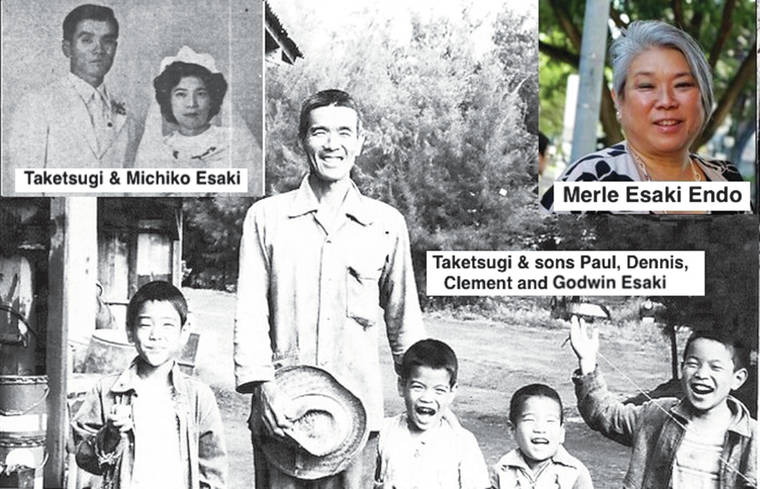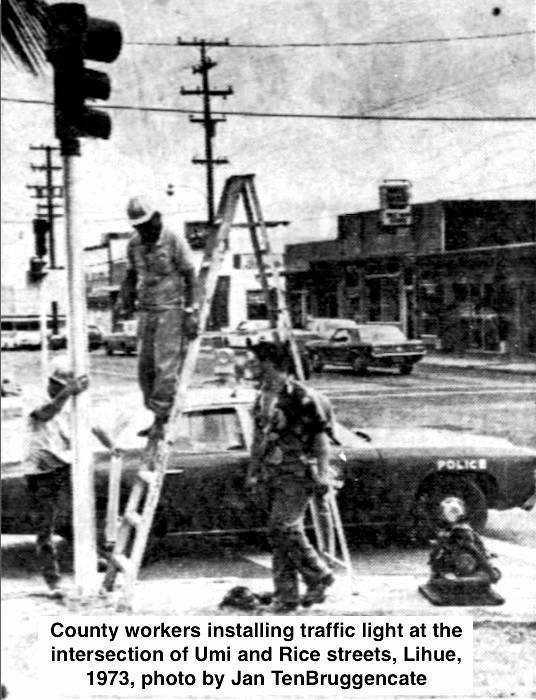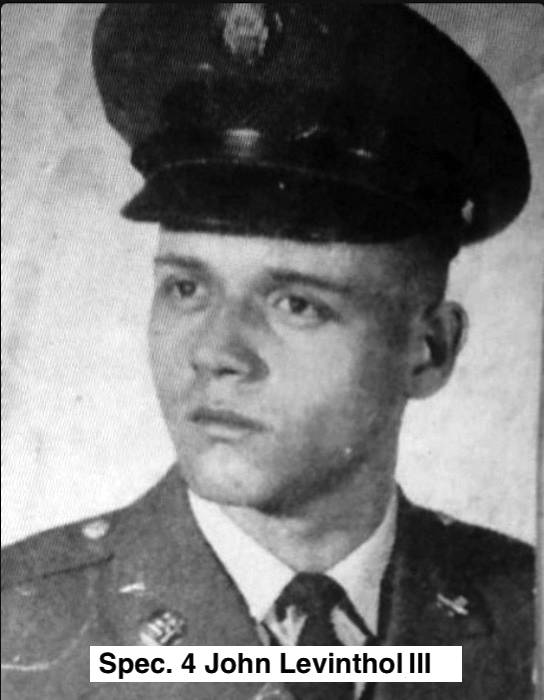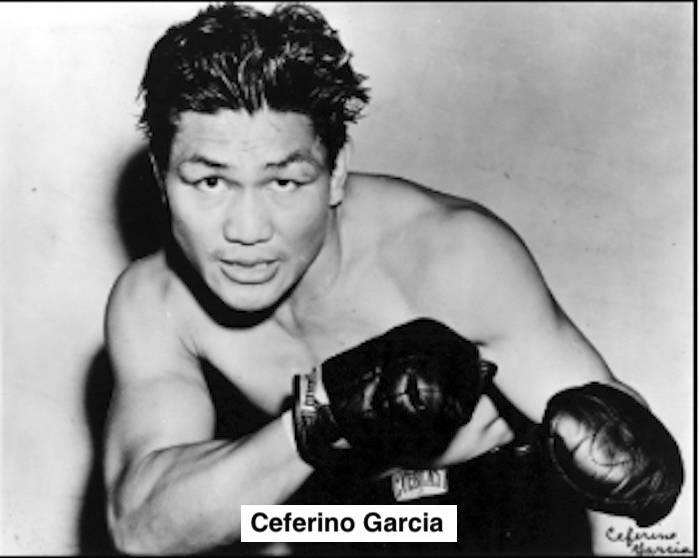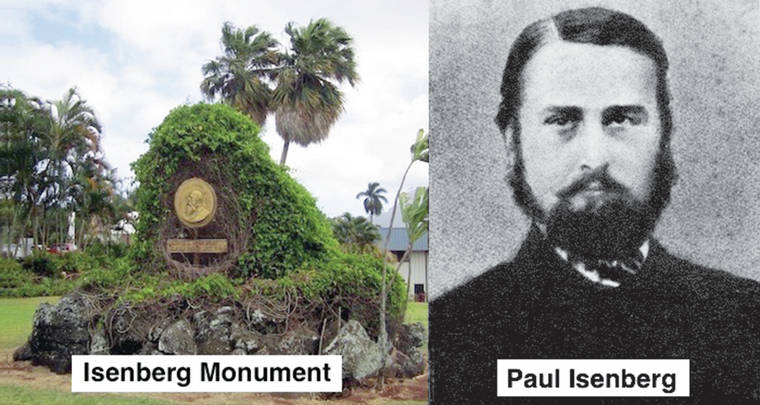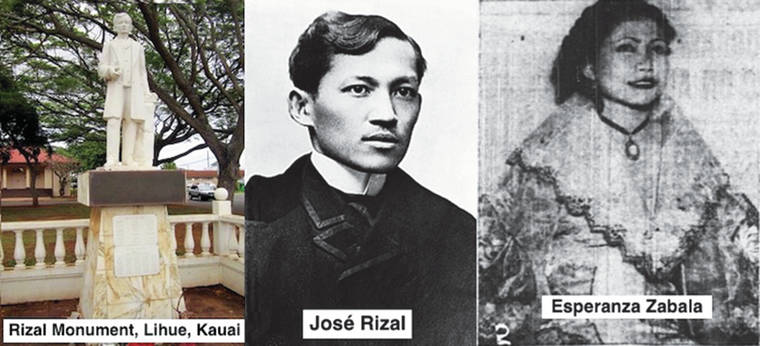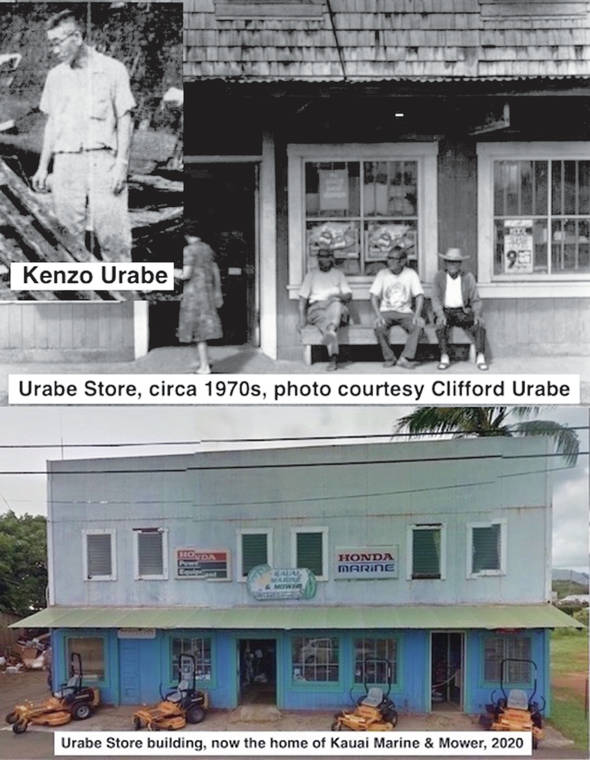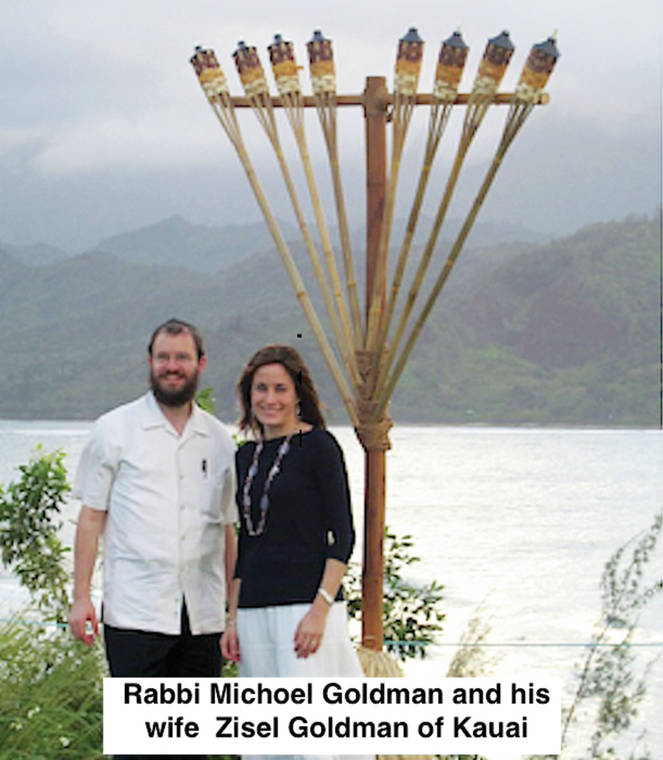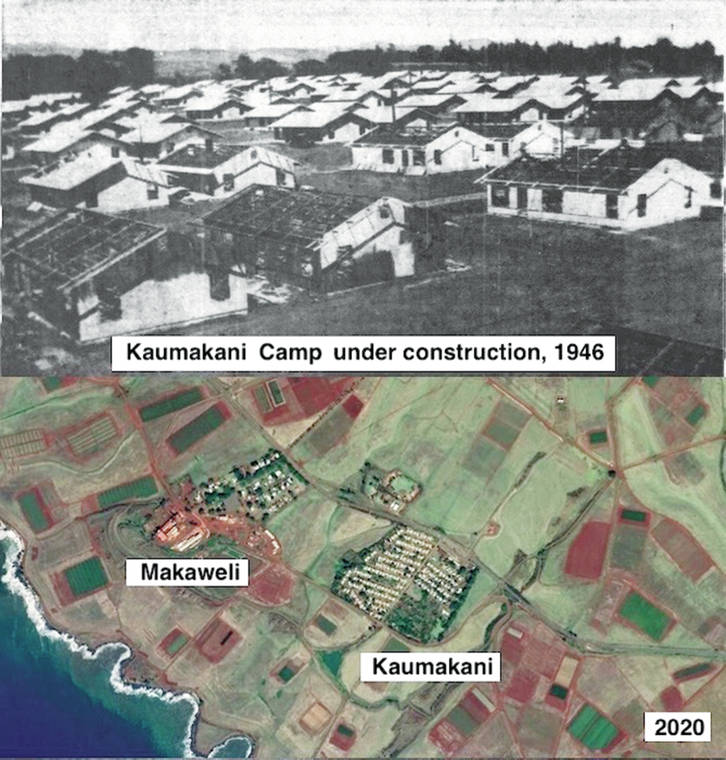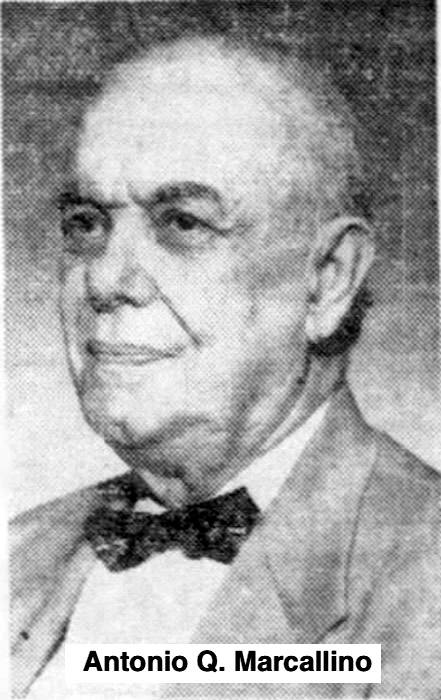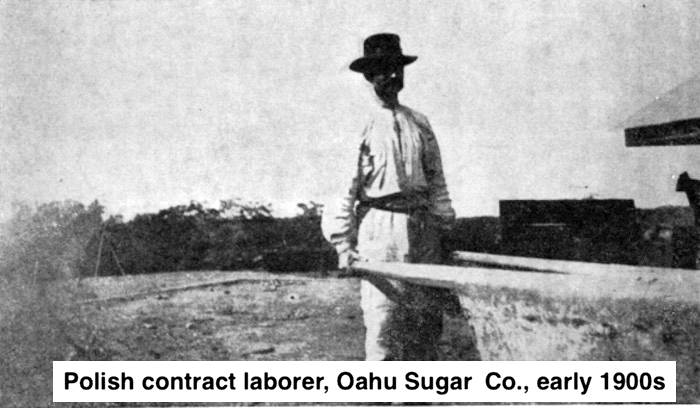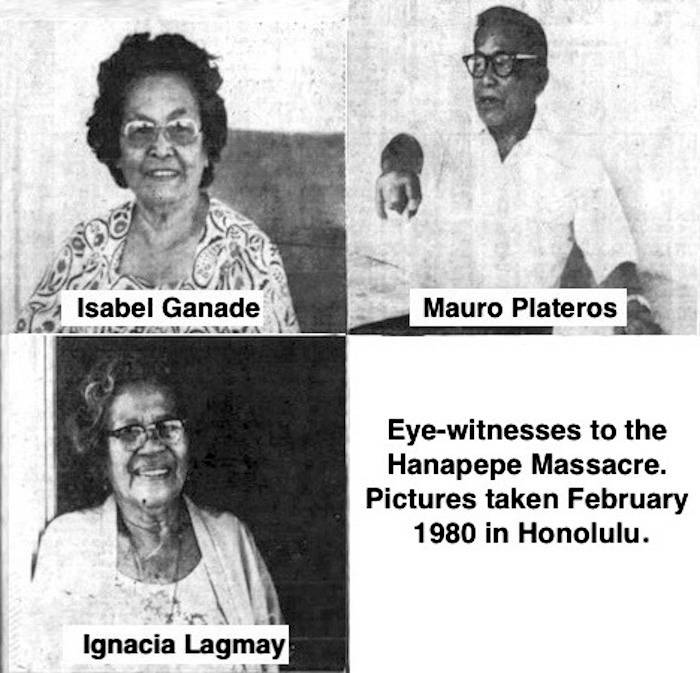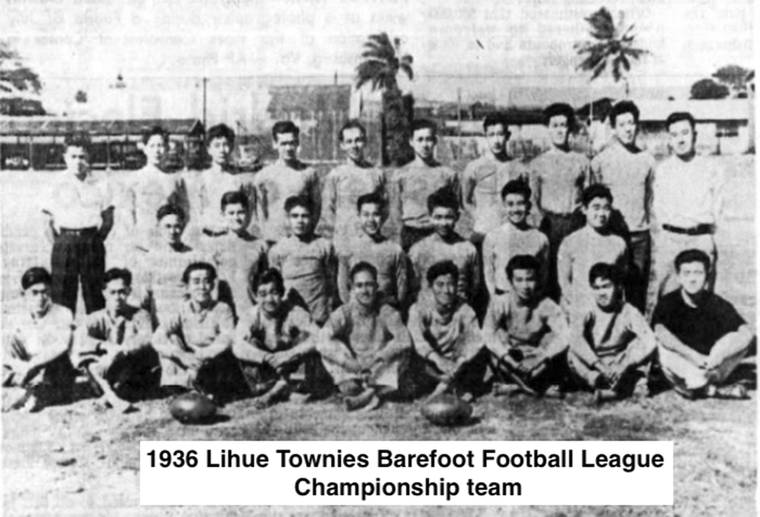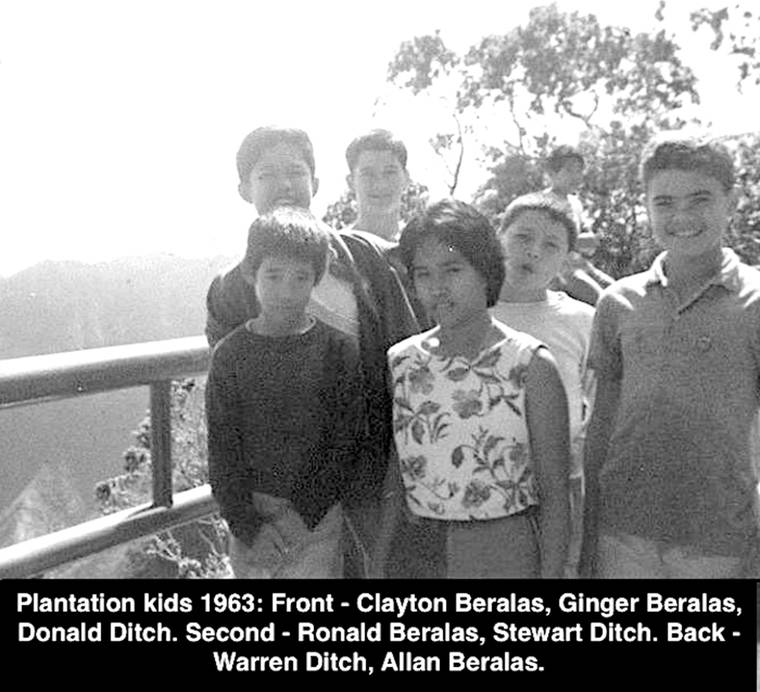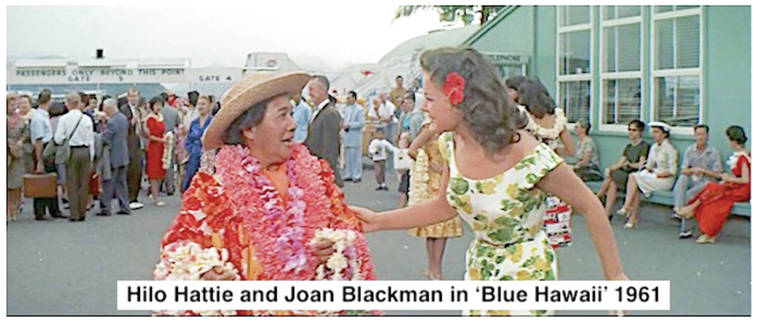The continued story of Joseph Taketsugi Esaki’s watermelon
In 1945, after years of experimentation on his Anahola farm, Joseph Taketsugi Esaki (1919-2010) developed his own variety of watermelon — the Esaki.
Joseph Taketsugi Esaki, Kaua‘i’s ‘Watermelon Man’
The son of Japanese immigrant contract sugar workers Buhachi and Hashi Esaki, Joseph Taketsugi Esaki (1919-2010) was born in Japan and was raised in Papa‘a Valley.
Kaua‘i’s first traffic lights
The first traffic light on Kaua‘i was installed by Kekaha Sugar Co. in the late 1950s to signal the right-of-way for the plantation’s big haul-cane trucks at the intersection of the company’s main haul-cane road just outside of Kekaha town and the Koke‘e Road.
Specialist 4 John Levinthol III, killed in the Vietnam War
This Island History was written to honor John Levinthol III and the other 12 servicemen from Kaua‘i who died in Vietnam.
Boxing World Champion Ceferino Garcia fought on Kauai
On Sept. 19, 1938, Filipino welterweight boxer and future middleweight world boxing champion Ceferino Garcia (1906-1981) knocked out Otto Blackwell in the ninth round of a scheduled 10-round main event at the Kaua‘i Park Athletic Field in Lihu‘e before a crowd of about 2,000 mostly-Filipino fight fans.
Isenberg Monument stands on Rice Street in Lihu‘e
German-born Paul Isenberg (1837-1903) began work at Lihu‘e Plantation in 1858 at a salary of a dollar a day, and by 1862 he’d learned enough about sugarcane cultivation to be put in charge of all outdoor work at the plantation under Manager Victor Prevost.
The Kaua‘i Filipino Rizal Day celebrations of 1936
On Jan 1 and 2, 1936, hundreds of Filipinos participated in a two-day Rizal Day celebration on Kaua‘i in honor of Dr. José Rizal (1861-1896), a Filipino nationalist during the later years of Spain’s 333-year rule in the Philippines and a hero of the Filipino people.
The old Kapaa Mom & Pop Urabe Store
Kenzo Urabe (1898-1971), the founder and proprietor, along with his wife, Shizue Urabe (1903-1959), of Urabe Store – a Kapaa landmark on Ulu St. for many decades until it closed in the mid-1990s – was born in Japan and immigrated to Kauai with his parents, Katsutaro and Chika Urabe, in 1899.
A brief, early history of Jews in Hawai‘i
Looking back in history, we see that the first mention of Jews in connection with Hawai‘i appeared in the ship’s log of the whaler Neptune, dated Aug. 19, 1798.
The town of Kaumakani was constructed in 1947
In 1946, Olokele Sugar Co. allocated funds totaling $1,750,000 (roughly $23,000,000 in 2020 dollars) for the rehabilitation of all of its plantation housing, in which an entirely new employee housing camp would be built to replace the company’s dilapidated camp housing erected in 1888.
The Honolulu Iron Works and Kaua‘i
The Honolulu Iron Works was established by machinist David Weston on Queen Street, Honolulu, in 1852, as a manufacturer of sugar mills and machinery for Hawai‘i’s sugar plantations.
Antonio Q. Marcallino’s tale of the coconuts
In 1933, Kaua‘i politician A. Q. Marcallino (1881-1959) shared a tale with newspaper columnist Robert Macconel that he’d been told by an aged Hawaiian woman some 20 years earlier in Waimea Valley, Kaua‘i.
The bell buoy that drifted from California to Kaua‘i
In September 1925, The Honolulu Advertiser newspaper published an account of a bell buoy that had broken from its moorings off the California coast over 30 years earlier and had drifted more than 2,500 miles until it reached Kaua‘i.
Kaua‘i’s Bukoski family – descendants of Polish immigrants who arrived in 1897
Several hundred Polish immigrant contract laborers arrived in Hawai‘i aboard the sailing ship H.F. Glade from Bremen, Germany, between 1896 and 1899, and were assigned to sugar plantations on the Big Island, Maui, Oahu and Kaua‘i.
Eyewitnesses to the Hanapepe Massacre of 1924
On the morning of Sept. 9, 1924, a brief-but-furious, hand-to-hand fight broke out at Hanapepe between as many as 200 striking Visayan sugar workers and 40 policemen that left 16 strikers killed and nine wounded, with four policemen also killed and two wounded.
Barefoot Football in the Territory of Hawai‘i
From the mid-1920s, through the Great Depression and World War II years, and into the early 1950s, Barefoot Football occupied a special niche among sports in the Territory of Hawai‘i.
Ginger’s crayfish and frogging days at Kapa‘a Stable Camp
During the 1950s, my wife, Ginger (Beralas) Soboleski, was a plantation kid growing up in Lihu‘e Camp A, yet she spent a great deal of her time at her grandma Rita Equirras’s house at Kapa‘a Stable Camp on Ka‘apuni Road.
Kaua‘i’s champion cut-seed men of 1939
Back in the day, when I worked for McBryde Sugar Co., I installed irrigation flumes and I drove haul cane trucks for a spell, but I was never a cut-seed man, which was considered, along with sabedong man (herbicide tank sprayer), the toughest job on the plantation.
Shurei Hirozawa born and raised at New Mill, Kauai
Shurei Hirozawa (1919-2002) was born just across the railroad tracks from the McBryde Sugar Company mill at New Mill, Kaua‘i, not far from where the Kaua‘i Coffee Company headquarters stands today.
Hilo Hattie was cast in ‘Blue Hawai‘i,’ filmed on Kaua‘i
With her flashing, mischievous eyes and her trademark costume — a coconut hat and a mu‘umu‘u with a scarf tied low around her hips — Hilo Hattie (1901-1979), the Native Hawaiian school teacher who performed for nearly half a century as a comic hula dancer, singer and actress, was not from Hilo, nor was her real surname Hattie.

